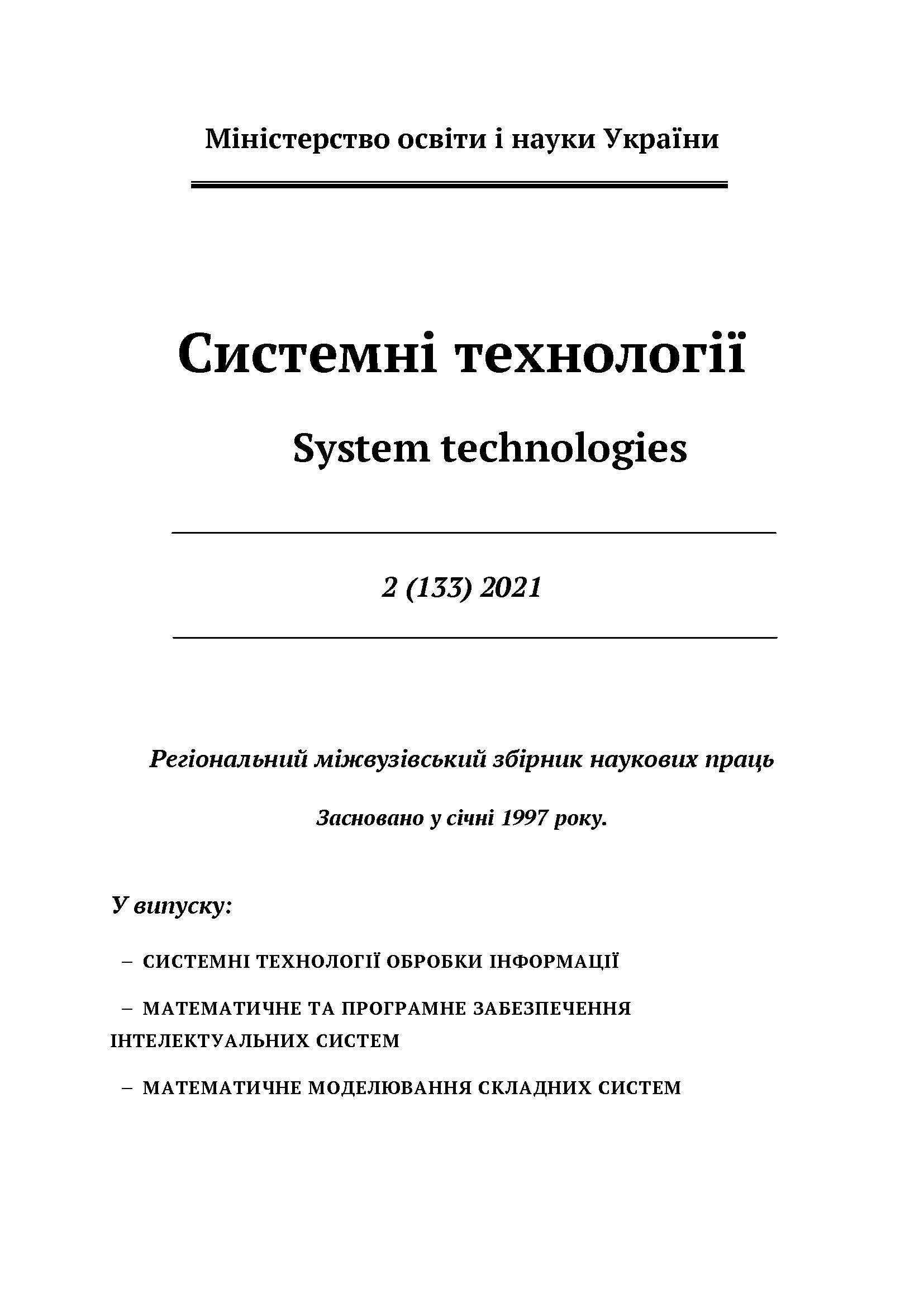ДОСЛІДЖЕННЯ ПЕРЕХОДНІХ ПРОЦЕСІВ ВІБРАЦІЙНОЇ МАШИНИ З ІНЕРЦІЙНИМ ВІБРОЗБУДНИКОМ ТА АСИНХРОННИМ ЕЛЕКТРОДВИГУНОМ
DOI:
https://doi.org/10.34185/1562-9945-2-133-2021-11Ключові слова:
вібраційна машина, дебалансние вибровозбудителей, перехідні процеси, резонансна зонаАнотація
Для забезпечення стабільної роботи вібраційної машини (сталість амплітуди коливання при зміні будь-яких параметрів системи) з інерційним приводом викорис-товується зарезонансне налаштування. У зв'язку з цим мають місце складнощі, що ви-никають під час пуску і вибігу віброВТМ, таких як збільшення амплітуди коливань, можливість зависання електродвигуна на знижених оборотах, що призводить до перегріву.
Розроблено математичну модель ВТМ, складені диференціальні рівняння руху ВТМ з урахуванням характеристик асинхронного електродвигуна.
Для вирішення системи диференціальних розроблена програма в додатку Simulink.
Отримані залежності підтверджують збільшення амплітуди коливання лотка ВТМ при пусту та зупинці ВТМ, що необхідно враховувати для розрахунку параметрів ро-боти систем з вібраційними машинами.
Проведено порівняння експериментальних даних з розрахунковими, має місце гарний збіг результатів.
Посилання
Vibrations in Engineering: A Handbook. In 6 volumes. T.4. Vibration processes and ma-chines. / Ed. E.E. Lavendel, M., Mechanical Engineering, 1970. – 460 p.
Spivakovsky A.O., Goncharevich I.F. Vibrating conveyors, feeders and auxiliary devices. - M., Mashinostroenie, 1972. – 327 p.
Blekhman I.I. Theory of vibration processes and devices. Vibration mechanics and vibra-tion technology / Blekhman I.I. - SPb .: Publishing House "Ore and Metals", 2013. - 640s.
Kononov, D.A. Improving the accuracy of dosing bulk materials by improving vibration feeders [Text]: dis ... cand. tech. Sciences: 05.05.08 / Kononov Dmitriy Aleksandrovich; Na-tional Metallurgical Academy of Ukraine. - D., 2004. -- 200 p.
Usachev V.P., Kononov D.A. Simulation modeling of starting a vibrating feeder // Theory and practice of metallurgy.– 2002.– No. 5-6. – pp. 57-60.
Yablonsky A.A., Nikiforova V.M. Theoretical Mechanics Course. Textbook for tech. uni-versities. -SPb .: Lan, 1998.-768 p.
Biderman V.L. The theory of mechanical vibrations: Textbook for universities. –M.: Higher school, 1980.
Завантаження
Опубліковано
Номер
Розділ
Ліцензія

Ця робота ліцензується відповідно до ліцензії Creative Commons Attribution 4.0 International License.















